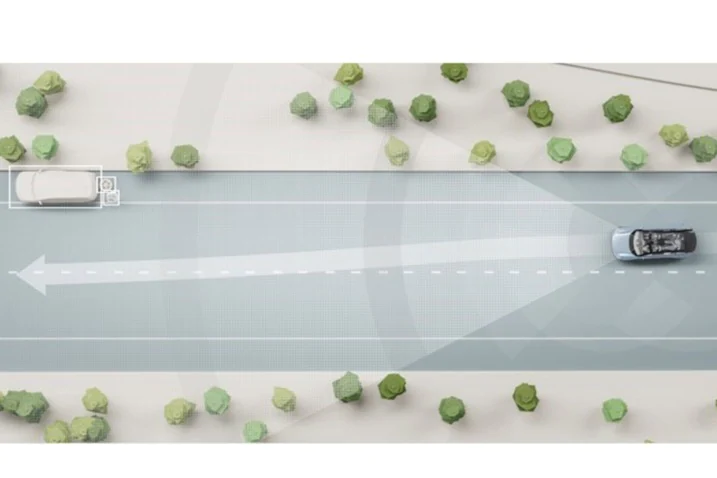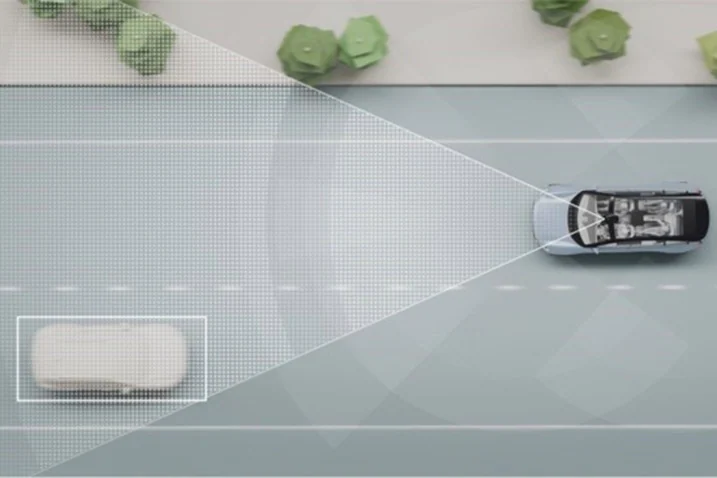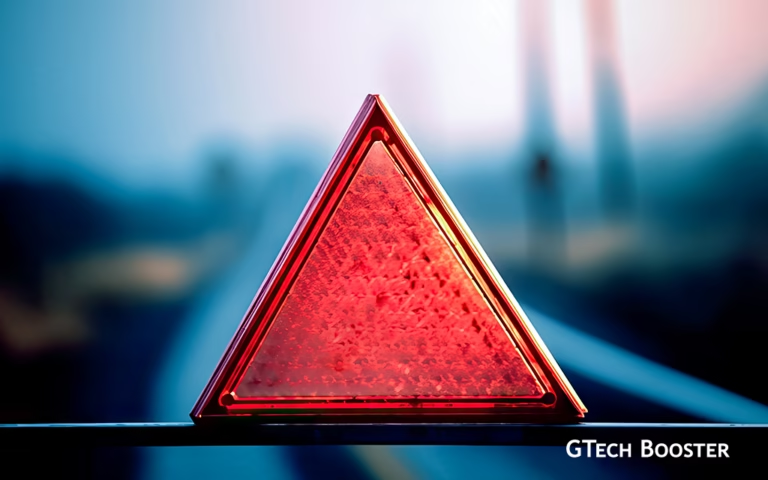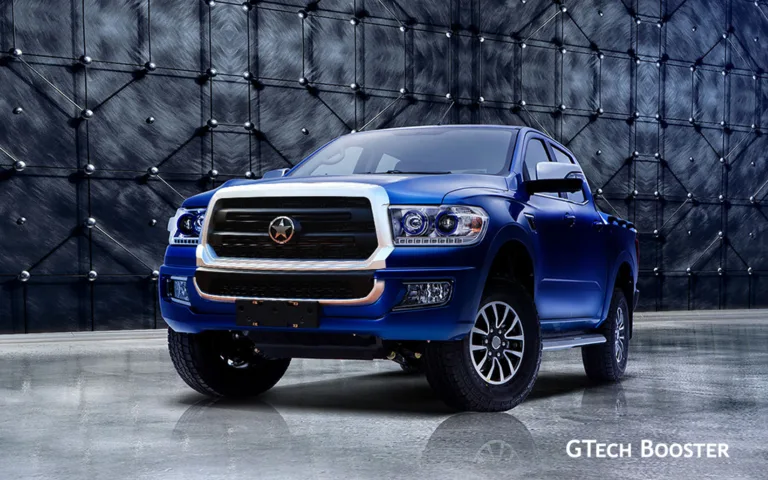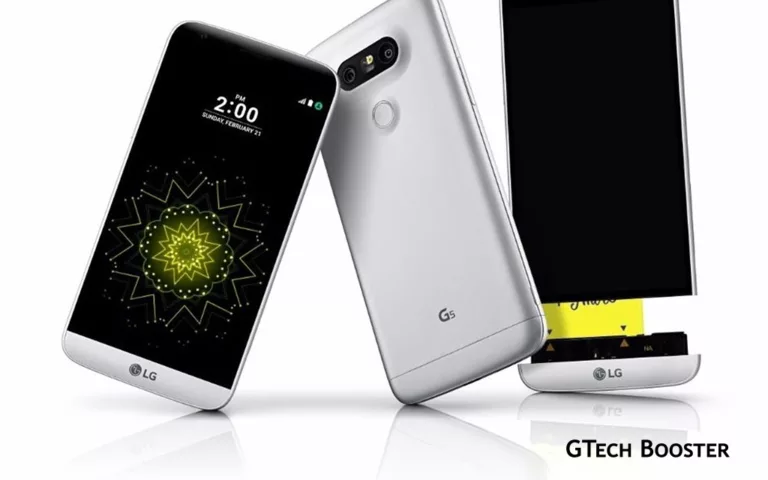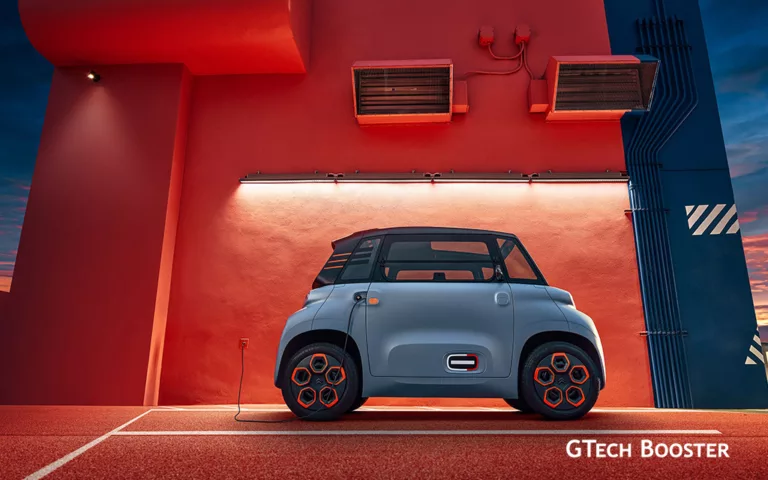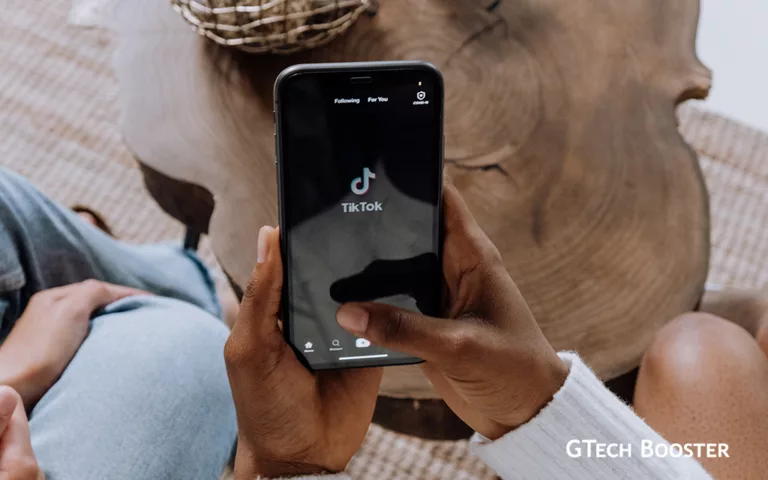Volvo develops new autonomous driving system for vehicles calling it Ride Pilot
Swedish carmaker Volvo has developed a new autonomous steering solution to equip its upcoming cars with the expectation that this new system will be far superior to Tesla's already known Auto Pilot.

Swedish carmaker Volvo has developed a new autonomous steering system to equip its upcoming cars with the expectation that this new system will be far superior to Tesla’s already known Auto Pilot.
Development is already accelerated and Volvo has already begun testing of this new autonomous driving system, calling it a Ride Pilot. The new system is expected to debut in the successor of the large SUV XC90, which will be 100% electric. The vehicle equipped with the Ride Pilot will not have any external or driver intervention to ensure its quality and accuracy while driving.
The difference in the solution is the Zenseact AD software who is helping Volvo with data gathering for the unsupervised Ride Pilot program, which will give the car full condition to know what is around it, managing the five sensors, eight cameras and sixteen ultrasonic detectors.
Ride Pilot testing is taking place at Volvo’s headquarters in Sweden. However, the auto brand is already working to bring the technology to California roads in the United States, where it plans to offer the system in signature cars.
When to expect the use of Ride Pilot
Although Volvo has not officially confirmed it as testing is still ongoing, it is expected that the xc90’s successor will be launched in 2023 as the year 2024. The only certainty is that this SUV will be 100% electric.
Delivering a new safety standard for the industry requires a level of rigorous testing and verification that will expand globally. Zenseact AD software plays a key role in this new standard and in the journey towards zero collisions.
Ödgärd Anderson CEO Zenseact AD
We are proud to announce the planned US launch of our first truly unsupervised autonomous driving feature, as we look to set a new industry standard for autonomy without compromising safety.
Having Zenseact’s brand new AD software and Luminar’s LiDAR standard in our new fully electric SUV is a game-changer for Volvo Cars, as well as for automotive safety and autonomous driving.
Mats Moberg, head of research and development at Volvo Cars
The array that will allow the new electric SUV to know where it is and what’s around it in real time is comprised of one LiDAR sensor, five radar sensors, eight cameras and sixteen ultrasonic sensors. Volvo says it will also constantly improve the system with over-the-air updates.
Similar Technology to Ride Pilot
Autopilot from Tesla
Tesla’s misleadingly named “Autopilot” and “Full Self-Driving” software, which rely solely on cameras and computer vision tech to provide advanced driver assistance features that can handle tasks like autosteering within a clearly marked lane, traffic-aware cruise control, auto lane change, auto park, summon and traffic and stop sign control.
Xpilot from Xpeng
An advanced driver-assistance system, or ADAS from Xpeng (XPeng Motors) Xpeng ADAS system, generally known as XPILOT, has advanced features like adaptive cruise control and parking assistance. XPilot 2.5 is an advanced version of 2.0. XPilot helps its users to cover 85% of parking scenarios and utilize approximately 32.3 seconds using the self-parking system.
What level of autonomy is Volvo Ride Pilot?
edmunds.com asked Volvo for clarification as to whether or not Ride Pilot is a Level 3, Level 4 or Level 5 automated driving technology. Volvo spokesperson Thomas McIntyre Schultz told us: “We do not use levels to describe autonomous functionality as we believe it is unclear for consumers. In all Volvo Cars, a car will be either autonomous (meaning the driver can rely fully on the vehicle to drive and use their time for something else) or not (the driver needs to be driving). Ride Pilot will achieve the former.”
Pressed further regarding Ride Pilot’s behavior when a Volvo encounters a sudden weather event, such as heavy rain, a snow squall or a dust storm, Schultz further explained: “The system is unlikely to lose visibility in a storm (as the lidar relies on laser rather than a camera or radar), but if any operating condition under which Ride Pilot is specifically designed to function is not fulfilled, the car will request the driver to take back control and deactivates. These conditions could include environmental, geographical and time-of-day restrictions, and/or the requisite presence or absence of certain traffic or roadway characteristics.”
So, yes, you’ll still need to know how to drive to address potentially difficult or challenging situations.

